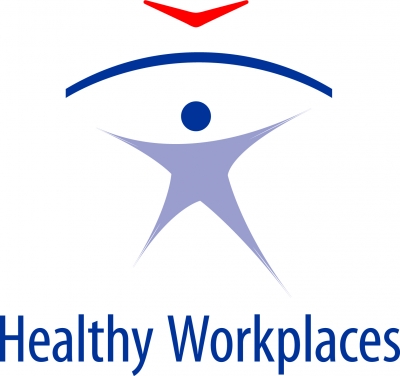
Rehabilitation and return to work: new report highlights successful strategies for managing ageing at work
Health issues are the most common reason for leaving the workforce before retirement age and research indicates that, in general, long-term sick leave substantially increases the risk of not returning to work. This is why disability prevention, rehabilitation and return-to-work measures and policies form an important part of EU-OSHA’s Healthy Workplaces for All Ages campaign.
Getting people back to work after a period of sick leave has shown to help recovery and can help to reduce the risk of older workers suffering from poverty later in life. Rehabilitation and return-to-work programmes are also essential for enabling people with physical or mental impairments or disabilities to overcome barriers to accessing, maintaining or returning to employment.
Rehabilitating sick and injured workers has become an increasingly important part of national policies in dealing with Europe’s ageing workforce, as it otherwise puts a great burden on workers, businesses and society.
Between 2002 and 2013, life expectancy in the EU-28 increased from 77.7 to 80.6 years. In parallel, the proportion of 55- to 64-year-olds in the total working-age population rose strongly between 2000 and 2015 (from 16 % to 20 %) and is expected to reach 21 % in 2020.
Ageing is accompanied by an increased risk of developing chronic health disorders such as depression, chronic bronchitis, cardiovascular disease and musculoskeletal disorders. When chronic illness leads to long-term absence, it has shown to create additional negative effects such as mental health issues, isolation, social exclusion and ultimately exit from the labour market through disability pension and early retirement.
Many European countries are already taking preventive measures and have adopted initiatives to facilitate rehabilitation and return to work, which are examined in the newly released publication Rehabilitation and return to work: an analysis of EU and Member State systems and programmes. It looks at evidence gathered through case studies as well as the results of expert workshops.
Although countries differ in their approach, good rehabilitation and return-to-work policies are important for workers of all ages. Therefore the report aims to identify factors for developing a successful system along with policy-relevant indicators and a blueprint for effective return-to-work interventions. Some key findings from the report include:
- the need for coordinated and coherent systems,
- early and tailored intervention to meet workers’ needs,
- the need for financial and technical support, and
- the importance of raising awareness of those involved in the development and implementation of rehabilitation/return-to-work systems.
Reports such as this one can help to support policy, and ultimately lead to better rehabilitation and return-to-work policies, and of course healthier workplaces. Later in the year, additional news articles will look more in depth at the findings of the report. In particular we will focus on the success factors identified and examine the different approaches across Europe.
In the meantime why not watch one of the scenes of Napo’s latest video which shows how workplaces can adapt to help employees with a disability return to work.
All sorts of useful publications, free to download, are available online to support OSH and help manage ageing in the workplace. Make sure to direct your network to the most relevant ones by sharing them on social media, including Facebook, LinkedIn and Twitter, using the hashtag #EUhealthyworkplaces.